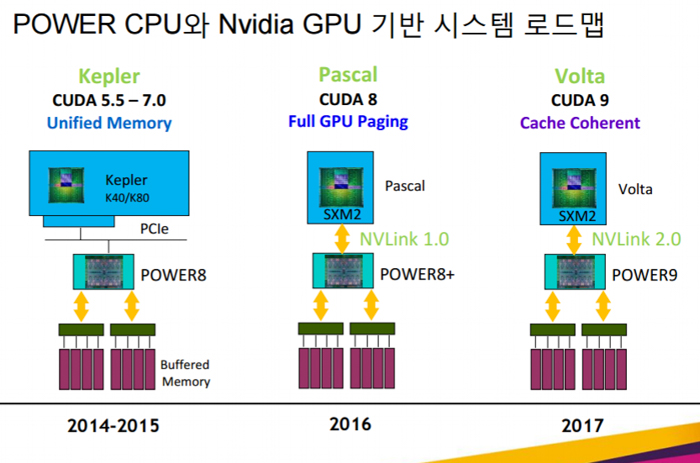What exactly is "top-end Polaris"? Both companies have primarily been targeting different market segments and I'm not sure "top-end" applies to the one they are competing in. Early next year would also likely imply 1080ti/TitanX vs Vega.
Current indications are Vega's performance will compete with GTX 1070 and 1080, not with GP102 Titan X. You can conclude this from power efficiency analysis alone.
A GTX 1060 and Polaris 10 are effectively tied in performance. A GTX 1080 has double the compute of a GTX 1060, so to match it AMD needs a GPU with double the resources of Polaris 10. If you simply scale a 165 watt Polaris 10 RX480 up to double size, you'd use twice the wattage: 330 watts. That's far, far above the 250 watt practical maximum. However, Vega will have lower power HBM2, saving optimistically 25 watts from the memory system. To reach the power goal of 250 watts, even with the HBM2 memory savings, AMD still needs to increase Vega's power efficiency by 20% over Polaris. Vega won't have a new fab process to help (unless it's delayed deep into 2017 and uses 10nm) so it's up to AMD's engineers to optimize the design.
So now it's an engineering question: In 8 months, can AMD's engineering team make a new, larger GPU layout that is also 20% more power efficient than Polaris? And at the same time integrate HBM2? The answer is yes, but it's still a challenge to do so quickly with their small team. There's no easy quick fix to change GCN's design to be dramatically power saving, so improvements are probably from accumulating tweaks on existing routing and cell designs. AMD proudly announced how hard they worked on perf-per-watt for Polaris (calling it a "historic" effort) and we know how well that turned out in practice. AMD's marketing slides show an additional but undramatic boost for Vega's perf/watt on a graph with unlabeled axes, so there's expectation of more improvement, but not a revolution. Architecture and process savings will be where real improvements for perf/watt happen, and both are scheduled for Navi in 2018.
And this challenge is just to make Vega match GP104, and it will. But GP102 has 2.8x the compute resources of GTX1060, not GP104's 2x.
HBM2 will give Vega a new advantage: it will reduce or even remove memory bandwidth issues. But Fury X's use of HBM shows that this doesn't give any noticable boost to GCN in practical performance. The success of GDDR5X by AMD (and NVidia) seems to have satiated the bandwidth needs of both camps tolerably well, so Vega's HBM2 inclusion will help power and especially PCB compactness, but not really performance.
Vega could boost its perf/watt in another way, by dramatically increasing the number of compute units while significantly decreasing their frequency and voltage, say by fabbing a maxed-out 600mm^2 die (3x the size of Polaris 11) and lowering frequencies by say 20%. That strategy has a fatal business cost in terms of the price of the huge die for a mid-range part. That's not a good choice for AMD either for profitability. (It's surprising to call GTX 1080 mid-range but it is in practice now, and certainly will be considered so in 2017).
The above analysis has a flaw in that I use compute (ALUs) as a 2x ratio proxy for Vega to match, which is arguably the correct metric. But using NVidia performance as a proxy the ROP ratios are lower between Pascal GPU families than compute. Compute is 1:2:3, but ROPs are in a ratio 1:1.33:2. So it's easier to design Vega to match GP104 or even GP102 in ROP limited benchmarks; but ALU shaders are the most significant bottleneck and obstacle for Vega to compete at the higher end.
TL;DR Vega is very unlikely to improve its perf/watt over Polaris enough to make a GP102 competitor. Navi will.

